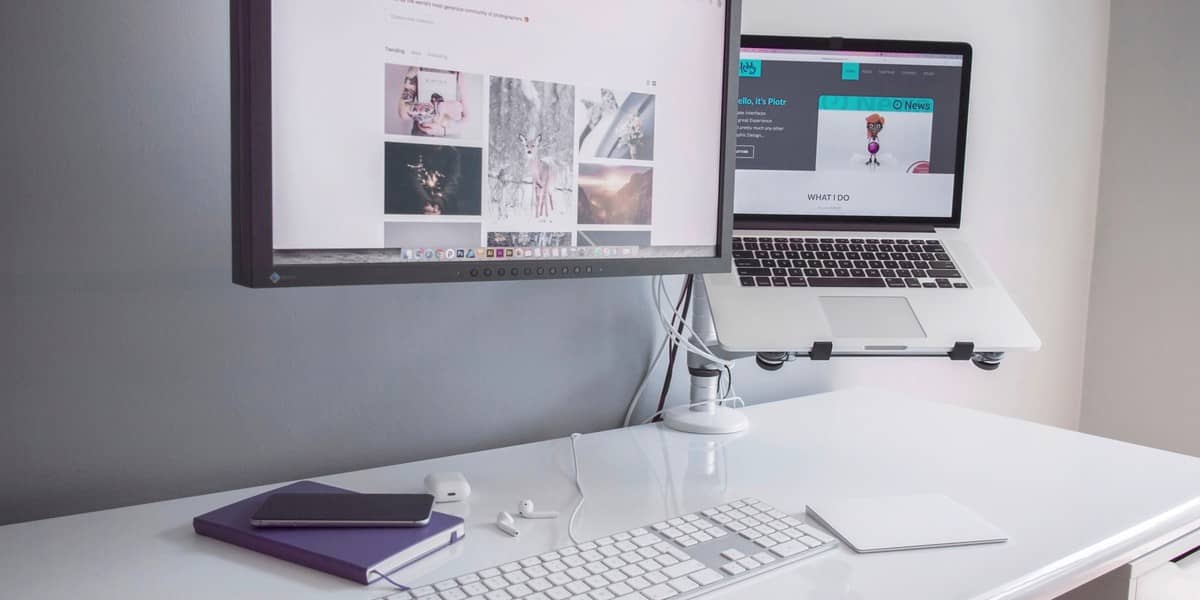Avoiding 5 Common Office Injuries
January 7, 2015

According to the Labour Force Survey, 246,000 reportable, work-based injuries occurred in the UK during 2009. Nearly 30 million work days were lost as a result—putting enormous strain on the British economy. Everything from chronic back pain to fatal accidents can lead to serious economic consequences for British companies, which is why education and prevention are essential in any workplace. And though you may believe that an office is a relatively low-risk environment, danger often lurks in the most unlikely places.
Musculoskeletal injuries
A range of chronic injuries can develop gradually over time if businesses do not correctly set up workstations. An awkward sitting position, for instance, can place a very specific area of the back under constant strain. Combined with a poorly-positioned monitor and keyboard, the repetitive nature of office work can lead to some very nasty injuries and ailments. Amongst the most common in the British workplace are bursitis, carpel tunnel syndrome, muscle strains (particularly in the lower and upper back) and tendon injuries.
To reduce the risk of your staff developing these injuries, you should ensure that your office chairs have adjustable backs, seats and arm-rests. Your employees should be able to work with their feet placed firmly on the floor, and the backs of their knees should not be in constant contact with the edge of their seats. Providing foot-rests can significantly reduce the chances of employees developing lower back strain, and curved, ergonomic keyboards with wrist-rests may also reduce the instances of wrist and hand injuries related to repetitive strain. You should provide manual handling training to all your staff as part of your company’s induction process.
Slip and trip injuries
Some of the nastiest office-based injuries in the UK are a result of slips, trips and falls. You should, therefore, have a rigorous process of staff training in place, as most of these accidents are wholly preventable. You should also have a health and safety meeting at least once every quarter - giving your employees the chance to express their concerns about safety. However, accident prevention is based mostly on common sense, so keep walkways clear, wipe up spillages immediately and keep your office flooring in a good state of repair. If you have a kitchen in your office, consider installing safety flooring, as a wet floor can lead to some severe injuries. You should also ensure that a robust system of accident and hazard reporting is in place.
Eye injuries
The most common eye injuries and conditions are related to excessive use of monitors. However, it only takes a misguided employee to throw a piece of office equipment to a colleague to cause a physical eye injury. As well as monitors, inappropriate lighting levels can cause eye strain, double vision and poor focussing abilities. Long-term issues can lead to regular headaches and migraines, so it is vital that you take steps to limit the amount of time people spend at their computers without a break. It’s also worth trying to enhance natural light levels in an office, as it’s usually artificial light that causes the most severe problems.
Conditions related to noise
Although you may be reasonably happy that the levels of noise in your office aren’t sufficient to cause hearing damage, incessant background noise can lead to stress and an inability to concentrate. As well as office equipment, voices and footsteps are the main causes of office-based noise, but fitting commercial carpets in your workplace can reduce noise levels dramatically. Also, try locating noisy items of office equipment away from areas where your employees work. Other measures that can improve the situation include the fitting of acoustic ceiling tiles and the erection of office partitions between workstations.
Falling injuries
More than 12,000 people in the UK suffered an injury in the workplace while working at height during 2009. Falls from ladders were the most common, but a surprising number of people were injured while using chairs and other inappropriate items of office furniture to reach shelves and storage areas. You should ensure that your storage and working procedures comply with UK Working at Height regulations. You should also ensure that you provide suitable ladders and steps and that all your staff are trained to use them correctly.
Staff training, robust reporting procedures and the provision of a safe working environment can prevent the vast majority of accidents.
